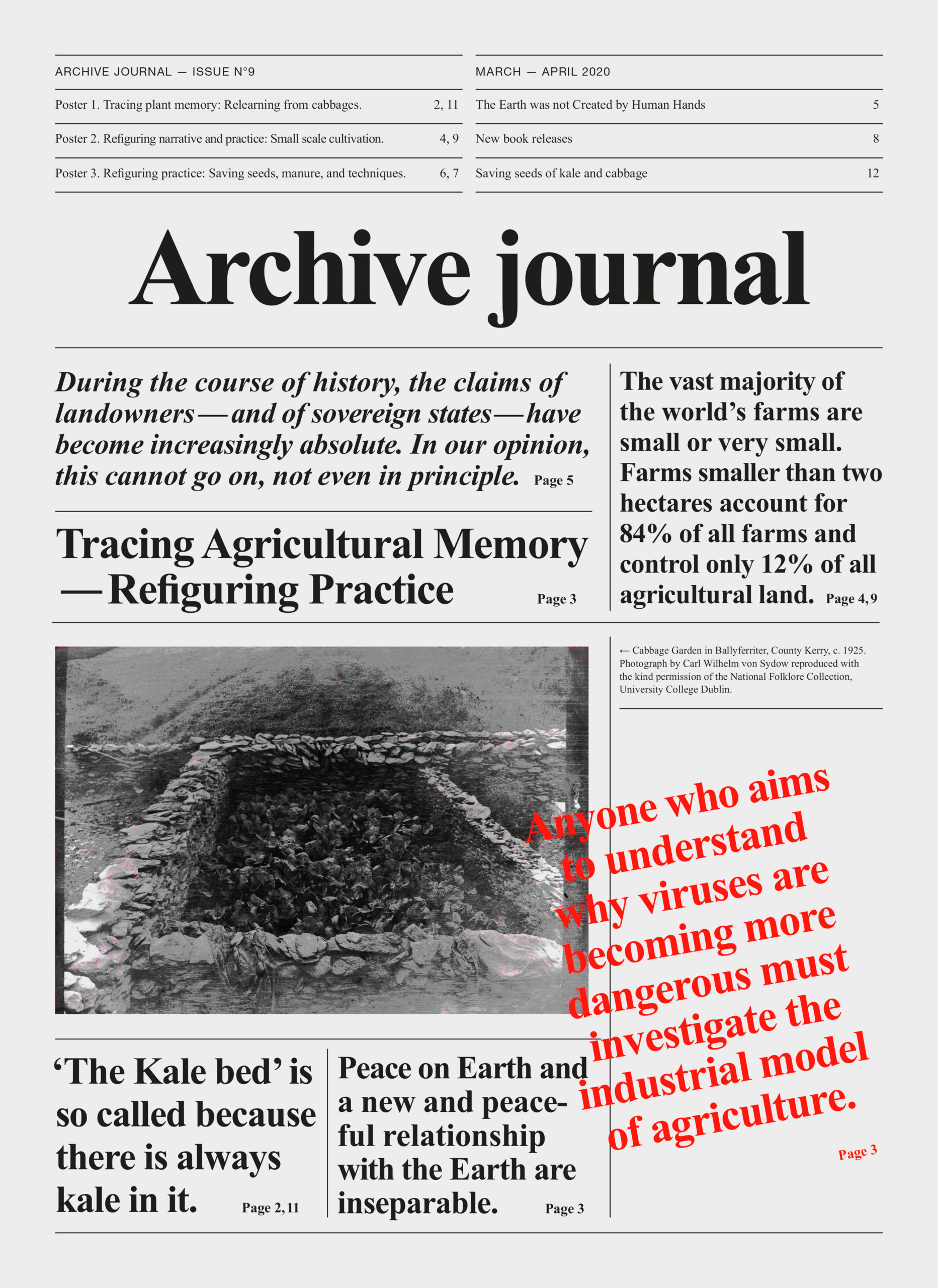Between 1982 and 1984, the Irish plant researcher R.F. Murphy took part in a transnational initiative to map and collect samples of remaining farm bred cabbage
Tracing Agricultural Memory, Refiguring Practice
Initiated by visual artist, researcher and amateur plant breeder Åsa Sonjasdotter, in collaboration with practitioners of cultivation, the project Peace with the Earth – Tracing Agricultural Memory, Refiguring Practice revisits histories of agriculture. It investigates soil, habitat and dwelling histories, in order to challenge dominant cultural narratives of cultivation and ecological thinking.
Peace on Earth and a new and peaceful relationship with the Earth are inseparable
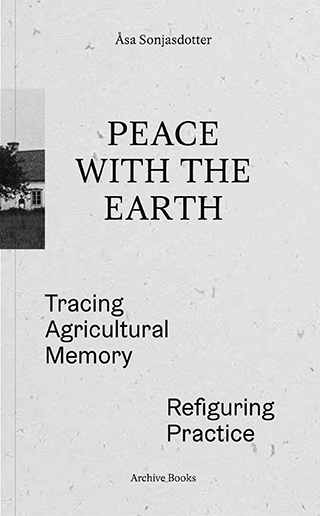
The publication Peace with the Earth reveals gaps and inconsistencies in historical narratives, opening up ideas for possible cultivation systems that nurture the soil and its habitat. Grounded in research into agricultural practices on the Swedish island of Gotland in the Baltic Sea, the quotes, documents and photographs of dead, and living matter presented in the book testify to ways of living off the land. These assemblages sketch out the nurturing environments of three relict crops cultivated from prehistoric times until the present day.
read more
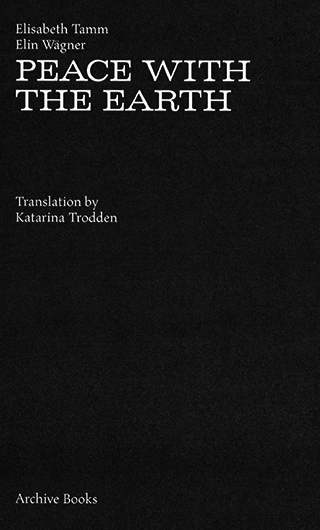
The pamphlet Peace with the Earth (Fred med Jorden) was published by the Swedish suffragettes and peace activists Elisabeth Tamm and Elin Wägner in 1940, after the outbreak of the Second World War. Elisabeth Tamm (1880–1958) served as one of the first women in parliament and was an organic farmer. Elin Wägner (1882–1949) worked as a writer and activist on matters of women’s rights, peace, and ecology, and was a member of the Swedish Academy.
read more
Related projects
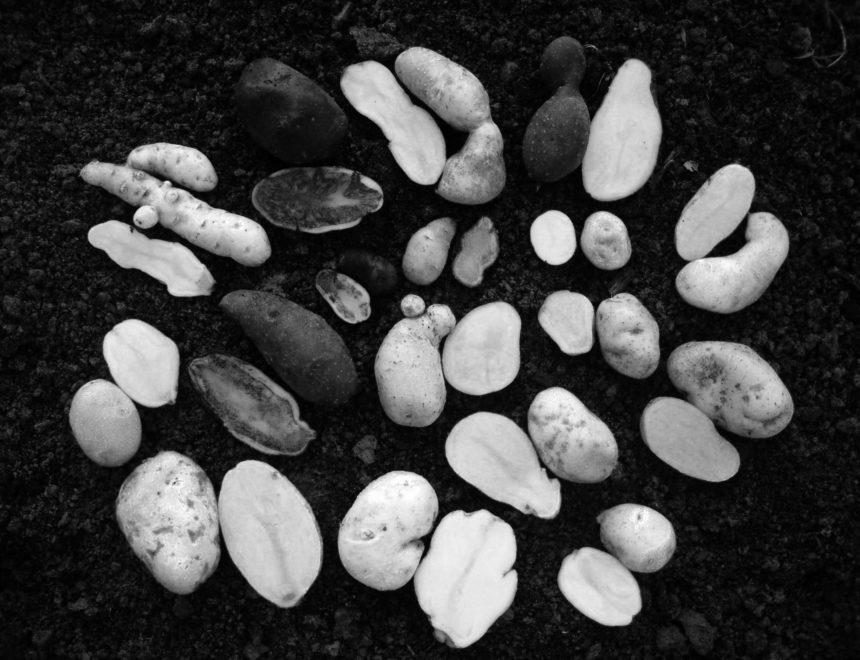
The Order of Potatoes. On Purity and Variation in Plant Breeding
This article addresses questions of memory, matter, temporality and narrative as they emerge in stable plant variation throughout processes of cultivation and breeding.
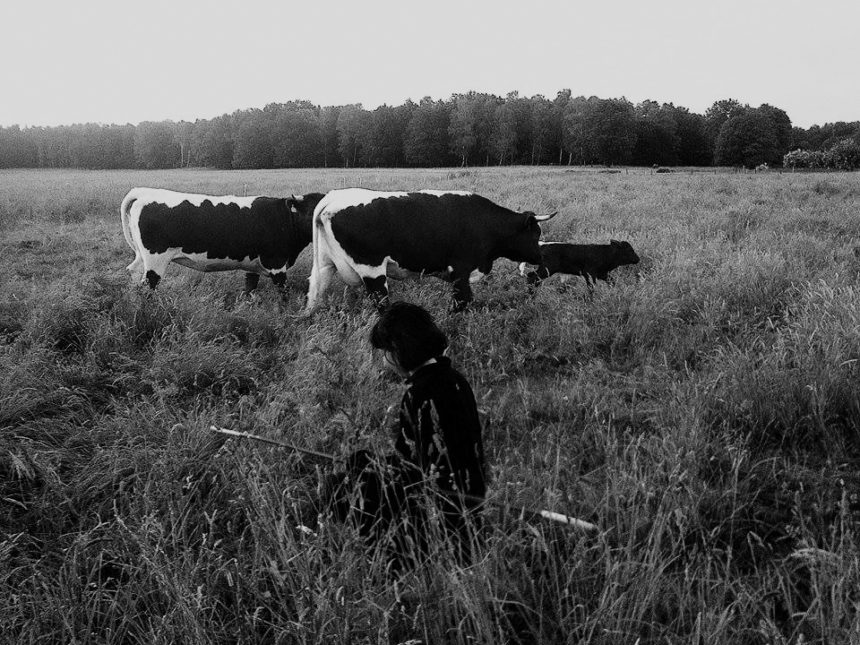
A solidarity greeting from a German farm in times of Corona
A solidarity greeting from a German farm in times of Corona. By farmer and agitator Julia Bar-Tal. 25 March 2020.
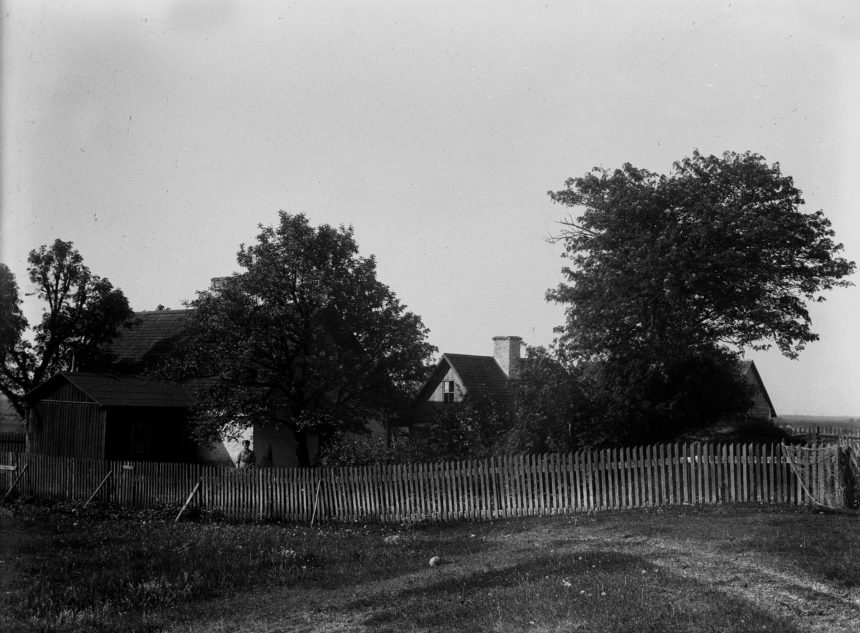
Tracing Agricultural Memory, Refiguring Practice
The book Peace with the Earth — Tracing Agricultural Memory, Refiguring Practice reveals gaps and inconsistencies in historical narratives, opening up ideas for possible cultivation systems that nurture the soil and its habitat. Introduction by Åsa Sonjasdotter.
Relevant Stories
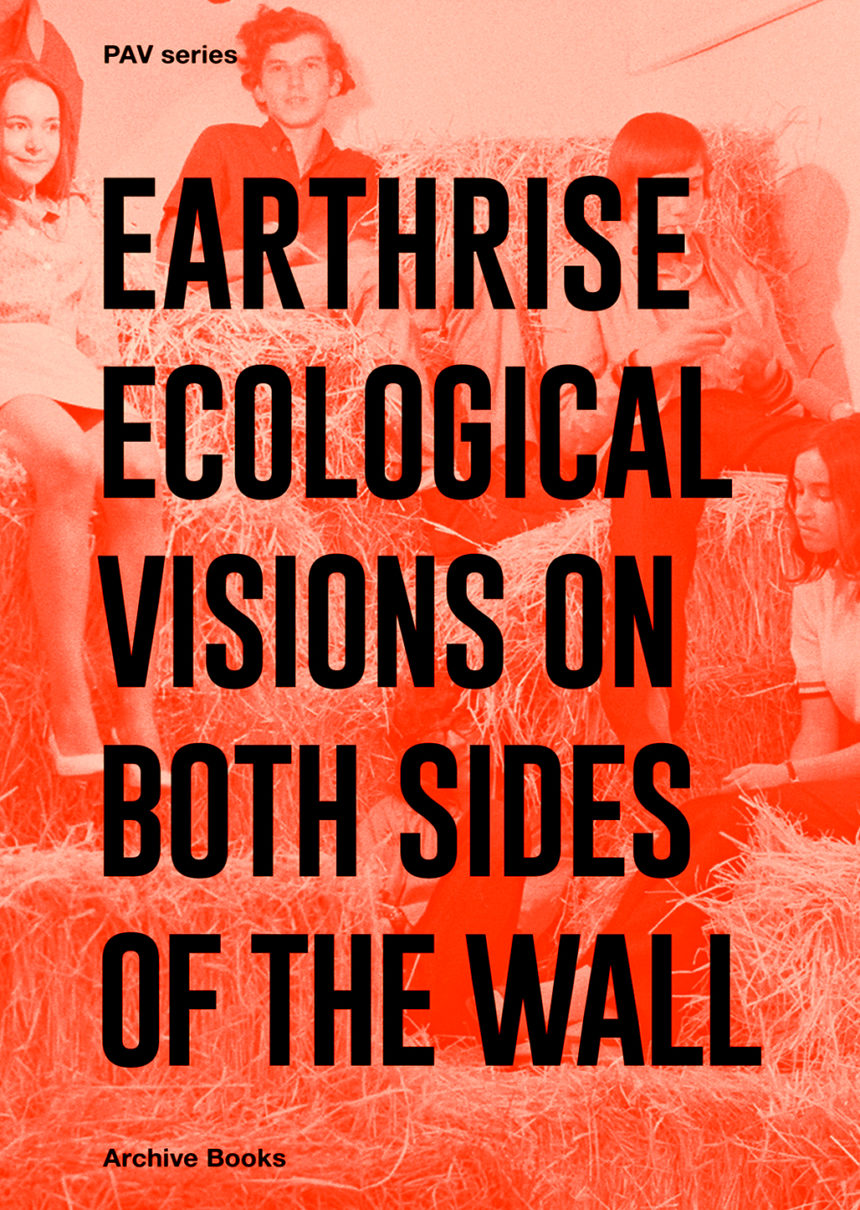
Earthrise. Ecological Visions on Both Sides of the Wall
There is no question that ecological ideas acquired a central role in contemporary episteme. In contrast, the heuristic function that these ideas can assume in the current polarisation is questionable: that which, over the last decade, has identified the environmental crisis with the (categorical and totalitarian) concept of the Anthropocene.
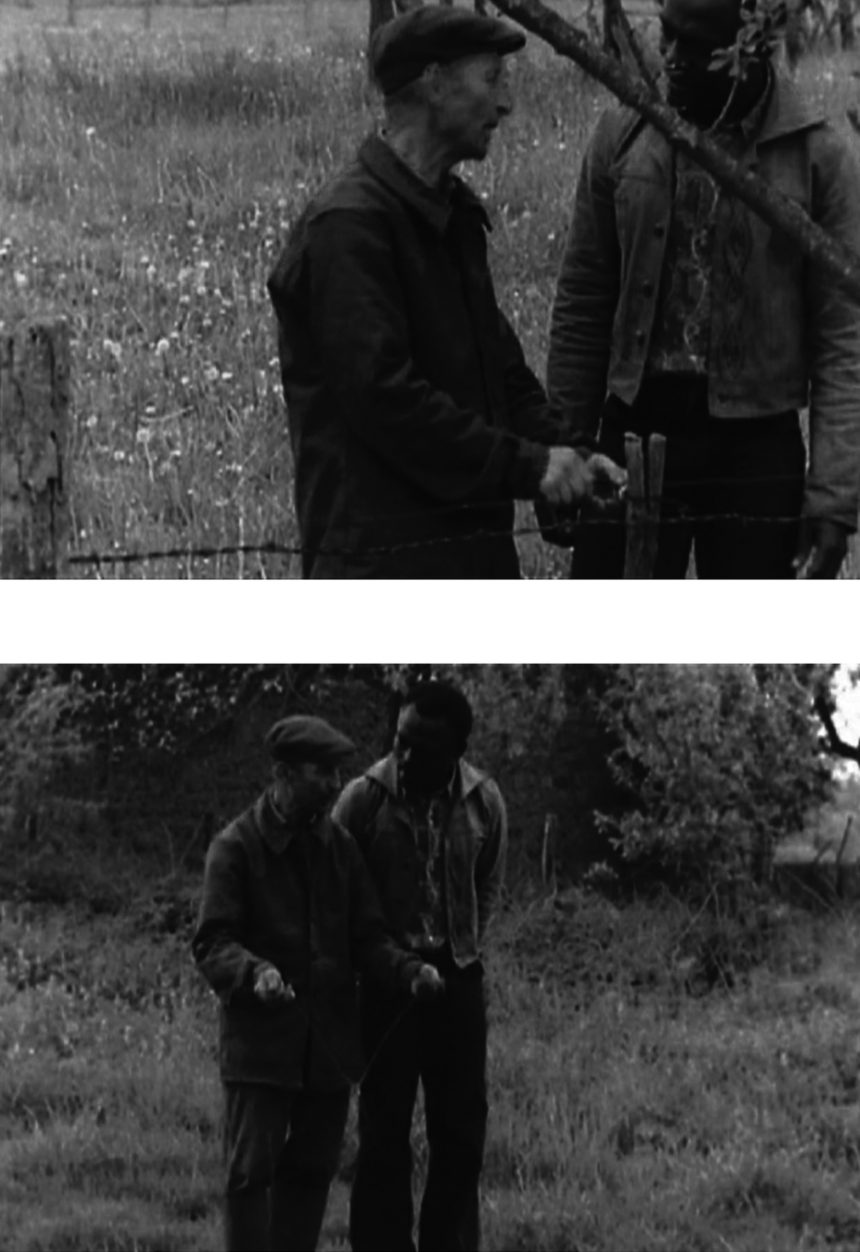
Safrana, ou le droit à la parole
In the mid-1970s, a political group made up of members of the West African diaspora in Paris decided to turn their back on factory work,
to become apprentices of French farmers; later founding the coop- erative “Somankidi Coura” in Mali. The Mauritanian director Sidney Sokhona based his feature Safrana ou le droit a la parole (1978) on them. It is a collective work in which the protagonists of the diaspora play themselves in central roles.
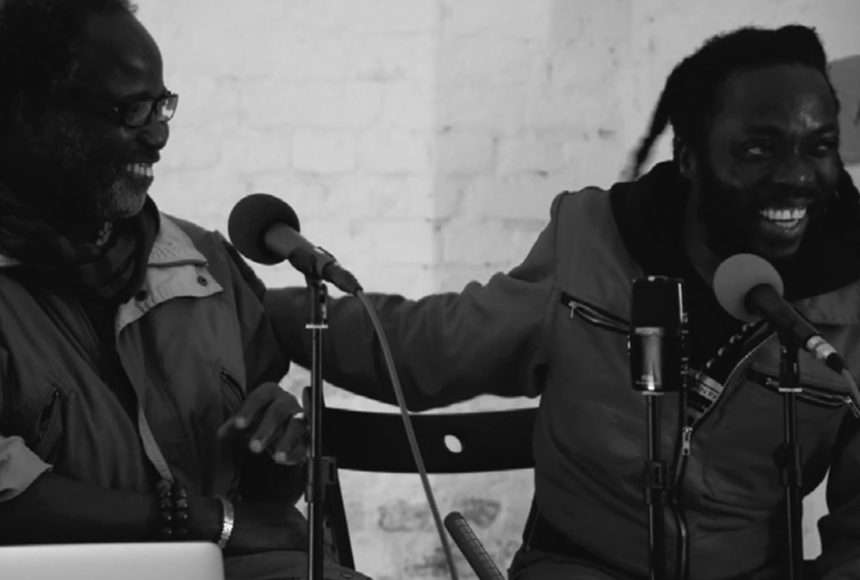
A Generative Archive seminar
Sowing Somankidi Coura. A Generative Archive is a long-term research endeavor by Raphaël Grisey in collaboration with Bouba Touré around the permacultures and archives of Somankidi Coura, a self-organized cooperative along the Senegal river founded by a group of former African migrant workers and activists in France in 1977 after the Sahel drought of 1973. The book assembles texts, voices, images, takes, retakes and research around the Pan-African history of the cooperative of Somankidi Coura, the liberation struggles of migrant workers and farmers in France and West Africa.
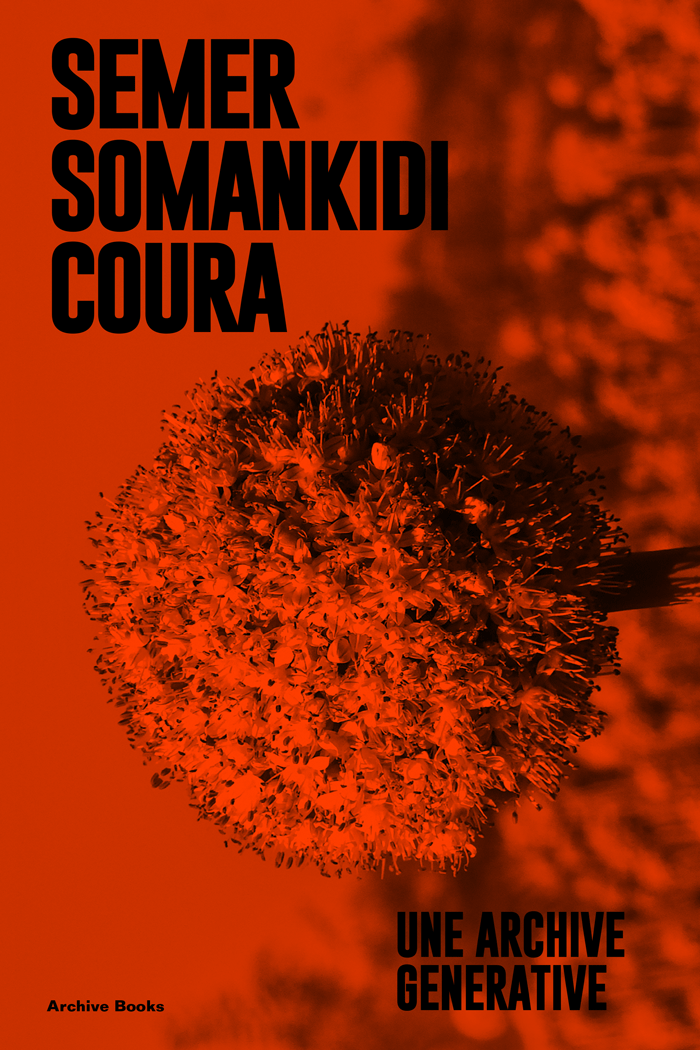
Sowing Somankidi Coura. A Generative Archive
Sowing Somankidi Coura presents a series of interviews with Bakhoré Bathily, Goundo Kamissokho Niakhaté, Mady Koïta Niakhaté, Ladji Niangané, Ousmane Sinaré, Siré Soumaré and Bouba Touré, the cooperative’s founders, a large selection of Bouba Touré’s photo archive, and various contributions from Raphaël Grisey, Tobias Hering, Olivier Marboeuf, Aïssatou Mbodj-Pouye et Jean-Philippe Dedieu, Karinne Parrot, Romain Tiquet, Kàddu Yaraax and Sidney Sokhona.
